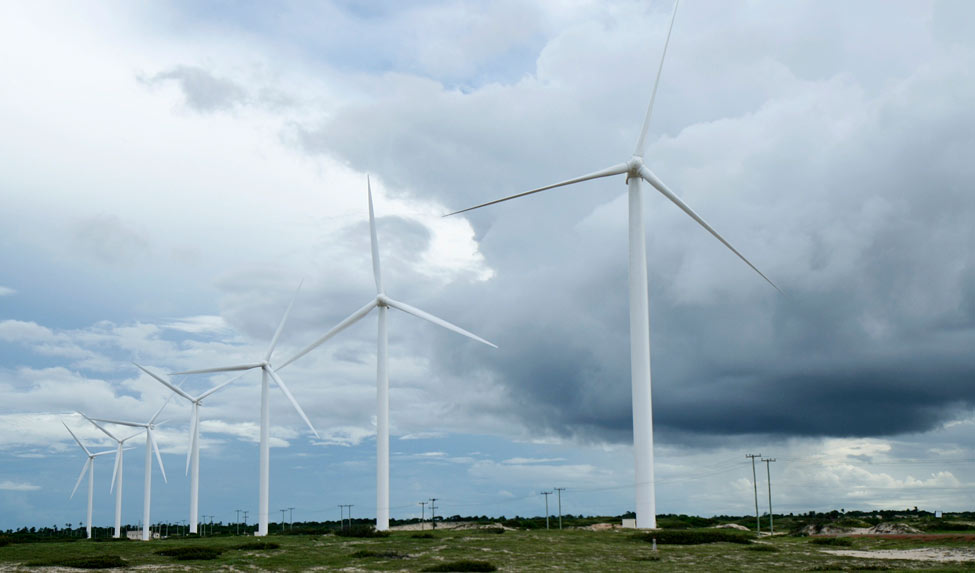The Modi government's renewable energy targets may be bold, but unrealistic and it may well lead to a disconnect within the energy field, says Rahul Tongia, Fellow, Energy and Environment at Brookings India.
In a paper on India's Updated Renewable Energy Guidelines, 2016, he writes that while renewable energy is worthy of support, “one has to triangulate its implications, not just on the grid or finances, but also on alternative sources of supply as well.”
The paper examines India's RE plans by comparing capacity targets with generation and consumption targets. It also compares India's RE targets with those in other countries and examines the RE growth rates required for the country.
The government has announced a number of targets and support mechanisms for renewable energy (RE). About two years ago, the central government announced plans to grow to 175 GW of RE capacity by 2022—more than a five-fold growth in just seven years. RE has since been supported through a number of financial and non-financial means (and enjoyed support even before the 175 GW targets).
The cabinet recently approved amendments to the National Tariff Policy to push for 8 per cent of generation to come from solar by 2022 (excluding hydropower). The approval also talks of free inter-state transmission of wind and solar. On the other hand, the same amendments ask for maximising use of existing power plants to save money. At some point, maybe sooner than people realise, this will lead to a disconnect, Tongia points out.
The energy and environment scholar says that to scale sustainably, RE needs, not just improvements in costs (solar prices are falling the fastest of major RE sources), but also improved frameworks for incorporating such power to the Indian grid.
“RE, coal, and power demand, if we try and triangulate, the numbers don’t quite add up. The targeted 1,500 million tonnes of coal (by 2020)—mostly used by the power sector—and an added 175 GW of RE by 2022 would lead to an overcapacity of supply,” he concludes.



